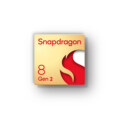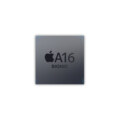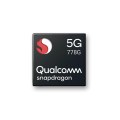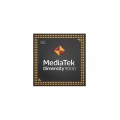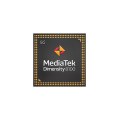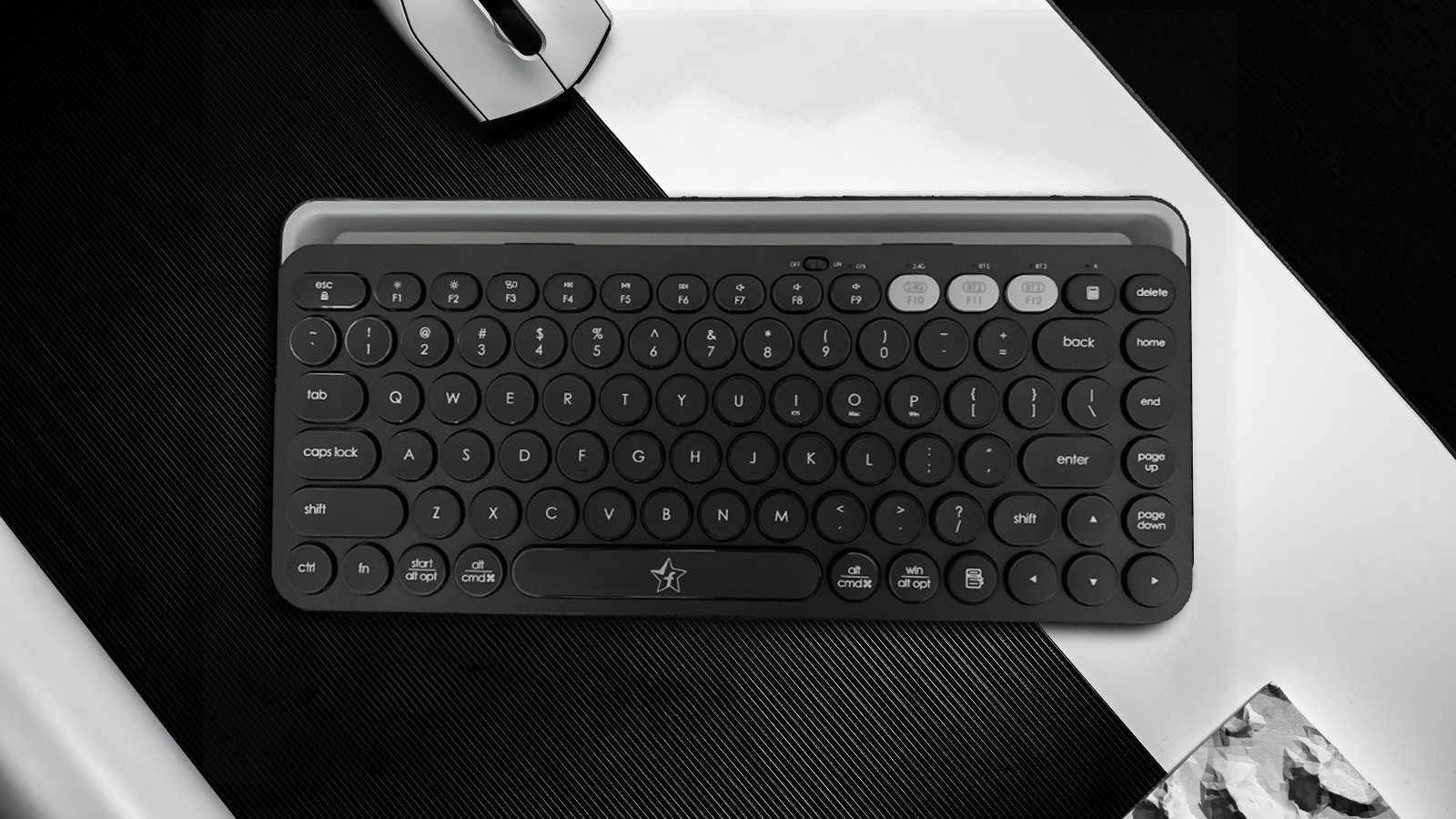- Home
- Gadgets Finder
- Poco
- Xiaomi Poco F2 Pro
Xiaomi Poco F2 Pro





Xiaomi Poco F2 Pro will be a flagship budget smartphone from Xiaomi Subbrand Poco. Xiaomi Poco F2 Pro Specification will be like its predecessor Poco F1 Top-Notched. Xiaomi Poco F2 Pro will be the rebranded version of Redmi K30 Pro in the Global market.
Also, check its Ranking in the Best mobile processor list 2021. You Can Also Check Our Processor Comparison Tool, Where You can Compare any Processor to anyone.
Xiaomi Poco F2 Pro Specification
Xiaomi Poco F2 Pro specification is the same as Redmi k30 Pro. Xiaomi Poco F2 Pro specs are a big 6.67 inches Super AMOLED display, Snapdragon 865, the Pop camera on the front, and a Quad camera on the back.
XIAOMI POCO F2 Pro Price in India
XIAOMI POCO F2 Pro Price will be around 30000 Pro base version because of a recent Tax increase by Indian Gov.
XIAOMI POCO F2 Pro Launch Date
XIAOMI POCO F2 Pro Launch Date is not confirmed yet because of Covid-19, But it expected to launch in May month.
XIAOMI POCO F2 Pro Latest News

Today XIAOMI POCO F2 Pro promo campaign appears on Gearbest and revel the whole Specs. XIAOMI POCO F2 Pro Price is confirmed yet by Gearbest.
Specification
General
| Device Type | Smartphone |
| Announced | 17 November, 2024 |
| Released | 17 November, 2024 |
| Status | Coming Soon |
Design
| Type Design Type called form factor refers to a mobile phone's size, shape, and style as well as the layout and position of major components of phone. There are three major form factors seen in mobile phones => bar phones, folding phones and sliding phones. | Bar |
| Dimensions | 163.3 x 75.4 x 8.9 mm (6.43 x 2.97 x 0.35 in) |
| Weight | 218 g (7.69 oz) |
| Protection | Gorilla Glass 5 |
| Colors | Grey, Purple, White, Blue |
| Build |
Glass front (Gorilla Glass 5), glass back (Gorilla Glass 5), aluminum frame |
Network
| 2G Network | GSM 850 / 900 / 1800 / 1900 - SIM 1 & SIM 2 |
| 3G Network | HSDPA 850 / 900 / 1700(AWS) / 1900 / 2100 |
| 4G Network | LTE |
| 5G Network |
SA/NSA |
| SIM SIM (Subscriber Identity Module) is a small card that contains mobile network subscriber's account information. This allows the phone using the card to attach to a mobile network. The SIM card is most commonly associated with GSM and UMTS mobile networks. Moving a SIM card from one phone to another allows a subscriber to switch mobile phones without having to contact their mobile network carrier. SIM cards can also be used by a phone to store limited amounts of data, such as phone numbers and text messages. | Nano SIM |
| Dual SIM | Yes |
Computer Connectivity
| Bluetooth Bluetooth is a wireless communications technology for exchanging data between mobile phones, headsets, computers and other network devices over short distances without wires, Bluetooth technology was primarily designed to support simple wireless networking of personal consumer devices. | 5.1, A2DP, LE, aptX HD, aptX Adaptive |
| Wi-fi Wi-Fi is a popular wireless networking technology using radio waves to provide high-speed network connections that allows devices to communicate without cords or cables, Wi-Fi is increasingly becoming the preferred mode of internet connectivity all over the world. | Wi-Fi 802.11 a/b/g/n/ac/ax, dual-band, Wi-Fi Direct, hotspot |
| Wi-fi Hotspot | |
| USB | 2.0, Type-C 1.0 reversible connector, USB On-The-Go |
| GPS GPS The Global Positioning System is a satellite-based radio navigation system, GPS permits users to determine their position, velocity and the time 24 hours a day, in all weather, anywhere in the world, In order to locate your position, your device or GPS receiver must have a clear view of the sky. | Yes, with dual-band A-GPS, GLONASS, BDS, GALILEO, QZSS, NavIC |
| NFC NFC (Near field communication) is a set of standards for smartphones and similar devices to establish peer-to-peer radio communications with each other by touching them together or bringing them into proximity, usually no more than a few inches. | |
| Wireless Charging Wireless Charging (Inductive Charging) uses an electromagnetic field to transfer energy between two objects. This is usually done with a charging station. Energy is sent through an inductive coupling to an electrical device, which can then use that energy to charge batteries or run the device. | No |
Display
| Display Type Display Technology => A number of display technologies and types used in mobile phones => TFT (Thin Film Transistor), IPS (In-Place Switching), OLED (Organic Light Emitting Diode), AMOLED (Active-Matrix Organic Light-Emitting Diode), Super AMOLED (an even advanced version of AMOLED), Resistive Touchscreen (Resistive touchscreens contain two layer of conductive material with a very small gap between them which acts as a resistance), Capacitive Touchsceen (Capacitive touchscreen technology consists of a layer of glass coated with a transparent conductor) | Super AMOLED capacitive touchscreen, |
| Size | 6.67 inches, 107.4 cm2 (~87.2% screen-to-body ratio) |
| Resolution | 1080 x 2400 pixels, 20:9 ratio |
| Display Colors Display Colors is refers to the number of different shades of colors that the screen is capable of displaying => 64K colors, 256K colors and 16 million colors, Obviously 16M is highest available range of colors and better than others. | 16M colors |
| Features |
HDR10+ 500 nits typ. brightness (advertised) |
| Pixel Density Pixel Density (PPI) is refers to the concentration of pixels on a particular display, measured in pixels per inch (ppi). Pixel density is calculated by dividing the diagonal pixel resolution of a display by its diagonal size, higher pixel density better display quality. | 395 ppi density |
| Display Protection Display Protection => Gorilla Glass is a special alkali-aluminosilicate glass shield with exceptional damage resistance that helps protect mobile displays from scratches, drops, and bumps of everyday use, It is always better to go for a smartphone with Gorilla Glass for that added protection and peace of mind. | Corning Gorilla Glass 5 |
Camera
| Primary Camera is able to capture photographs and usually videos, The most important characteristics of a camera are the resolution (measured in megapixels), lens focus type (fixed or automatic), higher megapixel cameras are known to capture higher quality photos, but not always a good measurement of the photos quality. | 64 MP, 26mm (wide), 1/1.72", 0.8µm, PDAF |
| Secondary Camera |
5 MP, 50mm (telephoto macro), AF 13 MP, 13mm (ultrawide) 2 MP, (depth) |
| Video | 4320p@24/30fps, 2160p@30/60fps, 1080p@30/60/120/240fps, 1080p@960fps; gyro-EIS |
| Camera Features |
Dual-LED dual-tone flash, HDR, panorama, gyro-EIS |
| Flash Flash Light => There is commonly two types of flash lights are used in camera mobile phones, LED Flash (LED flash offers lower power consumption with drive circuitry that takes up very little room, LEDs can be strobed faster than any other light source), Xenon Flash (xenon flash produces an extremely intense full-spectrum white light for a very short duration) | Yes |
| Selfie Camera |
Motorized pop-up 20 MP, (wide), 1/3.4", 0.8µm 1080p@30fps HDR |
Software
| Operating System OS => Every computer system run on a base software called Operating System (OS). Operating System controls all basic operations of the computer (such as smartphone, PDAs, tablet computers and other handheld devices). The Operating System allows the user to install and run third party applications (apps), apps are used to add new functionality to the device. | Android 10 |
| User Interface UI or user interface of a device is the look and feel of the on-screen menu system. How it works, its color scheme, how it responds to button presses, all of these things are part of the user interface. | MIUI 11 |
Hardware
| Chipset Chipset is a group of integrated circuits designed to perform one or a more dedicated functions, often with real time computing constraints, Popular smartphones are equipped with more advanced embedded chipsets that can do many different tasks depending on their programming. | Qualcomm SM8250 Snapdragon 865 (7 nm+) |
| CPU CPU (Central Processing Unit) mostly known as processors, CPU processes instructions in order to carry out certain functions that make your device operate properly. Processors are often described as the brain of computers, smartphones and tablets, Smartphones and tablets rely on processors to carry out their every task, Processors are an incredibly important factor in selecting any type of computing device, including your smartphone. | Octa-core (1x2.84 GHz Kryo 585 & 3x2.42 GHz Kryo 585 & 4x1.80 GHz Kryo 585) |
| GPU GPU (Graphics Processing Unit) is a single-chip processor designed to rapidly manipulate and alter memory to accelerate the creation of images in a frame buffer intended for output to a display, This includes things such as lighting effects, object transformations, and 3D motion. | Adreno 650 |
| RAM (Memory) RAM (Random Access Memory) is a type of computer memory that can be accessed randomly, any byte of memory can be accessed without touching the preceding bytes that allows information to be stored and accessed quickly from random locations. RAM is the most common type of memory found in computer systems, smartphones, tablets and other electronic devices. | 8 GB |
| Internal Storage Internal Storage is a data storage space (flash memory) mostly used in smartphones, tablets and other electronic devices where operating system, apps, music, photos, videos, files and other user data Is stored. | 128GB / 256GB , UFS 3.0 - 128GB UFS 3.1 - 256GB |
| Card Slot Memory Card Slot is a special slot for inserting a memory card. Memory cards allow you to expand the phone's built-in memory, A memory card (sometimes called a flash memory card or a storage card) is a small storage medium used to store data such as text, pictures, audio, and video, for use on small, portable or remote computing devices such as mobile phones, mp3 players, digital cameras. | NO |
| Sensors Sensors are electronic components that detects and responds to some type of input from the physical environment. The specific input could be light, heat, motion, moisture, pressure and location, The output is generally a signal that is converted to use in computing systems, a location sensor, such as a GPS receiver is able to detect current location of your electronic device. |
Fingerprint (under display, optical), accelerometer, gyro, proximity, compass, barometer |
Security
| Face Detection |
Media
| FM Radio | NO |
| Loudspeaker | Yes |
| Headphone Jack |
Battery
| Battery Type Battery Type => Cell phones run on various kinds of batteries depending on the manufacturer, phone size or shape and features. There are basically four types of cell phone batteries => Lithium Polymer, Lithium Ion, Nickel Metal Hydride and Nickel Cadmium. | Li-Poly (Lithium Polymer) |
| Capacity Battery Capacity is a measure (typically in Amp-hr) of the charge stored by the battery, and is determined by the mass of active material contained in the battery. The battery capacity represents the maximum amount of energy that can be extracted from the battery under certain conditions. | 4700 mAh |
| Placement | Non-removable |
| Charging Speed | Quick Charge 4+, Fast charging 33W, 100% in 63 min (advertised) |
Benchmarks
Reviews
Offers
-
 Redmi K20 Pro (Flame Red, 6GB RAM, 128GB Storage) - Extra 2,000 Off on Exchange & 12 Month No Cost EMI
26999.00
Redmi K20 Pro (Flame Red, 6GB RAM, 128GB Storage) - Extra 2,000 Off on Exchange & 12 Month No Cost EMI
26999.00
View Offer -
 Poco F1 by Xiaomi (Steel Blue, 6GB RAM, SD 845, 128GB Storage) - 6 Month No Cost EMI
14999.00
Poco F1 by Xiaomi (Steel Blue, 6GB RAM, SD 845, 128GB Storage) - 6 Month No Cost EMI
14999.00
View Offer -
 Poco F1 by Xiaomi (Armored Edition, 8GB RAM, 256GB Storage) - Extra 2,000 Off on Exchange & Upto 6 Months No Cost EMI
16999.00
Poco F1 by Xiaomi (Armored Edition, 8GB RAM, 256GB Storage) - Extra 2,000 Off on Exchange & Upto 6 Months No Cost EMI
16999.00
View Offer -
 Redmi Note 9 Pro
13999
Redmi Note 9 Pro
13999
View Offer




